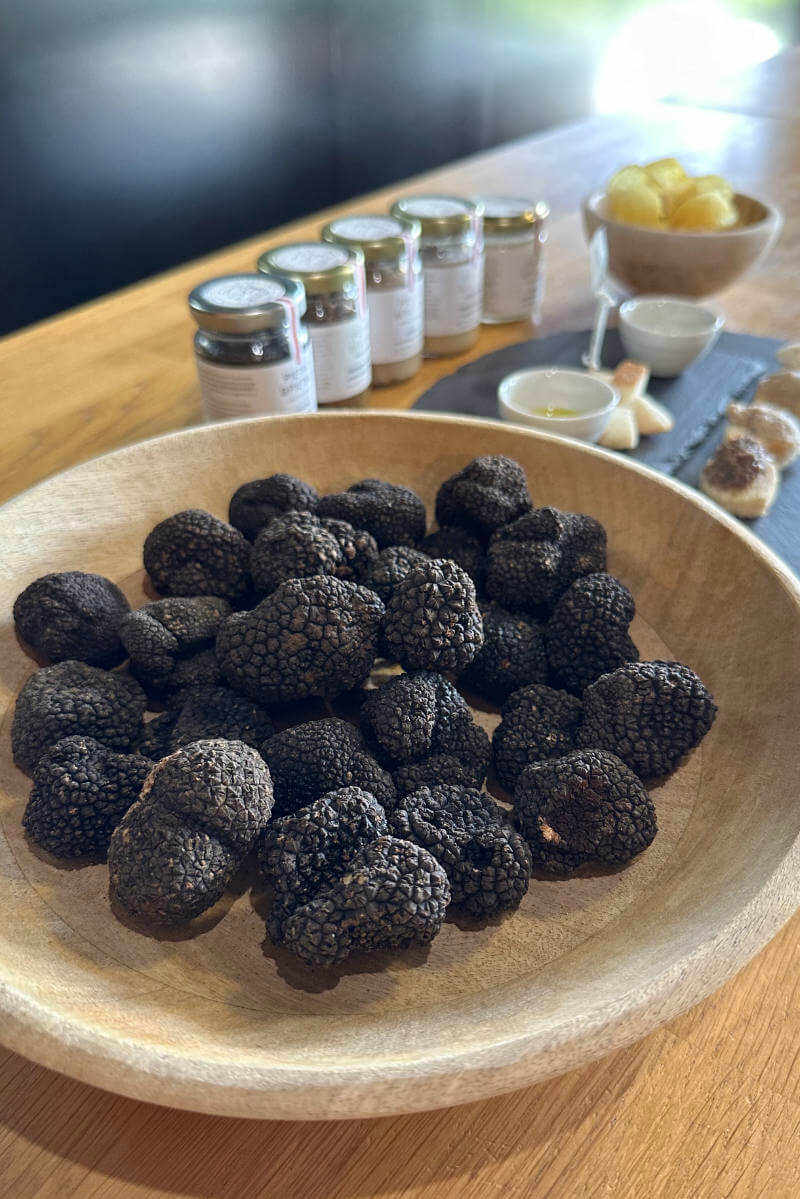This article is to challenge the perception of best value meat shopping choices for those who are not low income households. Can value be redefined as satisfaction level plus nutritional level plus ethical level per dollar instead of quantity per dollar?
Satisfaction level
The cut of the meat is seems to be the main measure for premium level. Tenderness, juiciness, marbling. Less attention is paid to taste. Nonetheless, meat tasting is like wine tasting too.
If you try out plant based diet for a bit, your sense of taste toward meat will be reset. With the more sensitive taste buds, some meat has natural umami flavor with minimal seasoning, some stinks, and some tastes surprisingly bland. Pasture-raised beef usually has a deeper profile of flavor. It’s noticeably more earthy. On the opposite, some really low quality hormone treated feedlots beef can be stinky.
The total satisfaction you from 4 oz of high quality meat can be more than that from 8 oz of low quality meat. So, even if the high quality meat is double the price, it’s still a better deal in terms of satisfaction gained.

Nutritional level
Think about it as a chain of energy transfer. The nutrient in meat we eat is essentially chemically derived from the food the cattle, chickens, lamb or pigs eat.
Similar to fruits and vegetables, some meat have more nutritional benefits than others. Grass-fed meat is more nutritious from every aspect: fatty acid composition, vitamin and antioxidant. Eating nutritionally denser meat means less work for your digestive system, and also possibly more friendly to your pocket in the long run.
Ethical level
Humans eat meat. That’s normal and ethical in the food chain. What isn’t ethical is how some animals are raised and treated to become food for humans. Raising chickens and cattle with organic grains in feedlots isn’t exactly a humane practice. If we live in a toxic and abusive environment, toxins will build up in our bodies. The same applies to livestock. Meat from unethical sources may be cheap but they come with loads of toxins. Inevitably, what goes around comes around. If we buy and support unethical meat, we consume the toxins we create.
A sudden 180 degree change of habit may be hard on the wallet. If so, try gradually switch to humanly raised and ethically sourced meat and poultry. They usually have higher nutritional value too.
I eat little meat or poultry. When I do buy, my rule of thumb is, ‘did the animal live in a place where I would take a vacation’? So I know it had a good life before turning into sustenance.

Pasture-raised meat is affordable
When I take a drive in Hawaii, New Zealand, Australia, Iceland or places alike, the cattle I see roam freely on beautiful rich pastures, sometimes even with a gorgeous ocean view. They live on better real estate than I do. That is the type of meat I would buy, and plenty are reasonably priced. You just need to know where to look.
Frozen New Zealand 100% grass-fed ground beef sold at Trader Joe’s is only $5.99 a pound in 2022. It is incredibly affordable.
Best value meat
There are reasonably priced high quality meat in store and online. You can try to quantify the satisfaction level, nutritional level, and ethical level of meat choices available to you. Considering the combined value of these levels, the cheap ones usually end up being the worst value per dollar spent. Personally, I find the best value to be beef, pork, poultry raised on lush pasture, bought in bulk and/or on sale.
Wonder where those options are? Here is a guide to find better quality grass-fed beef and more.










































